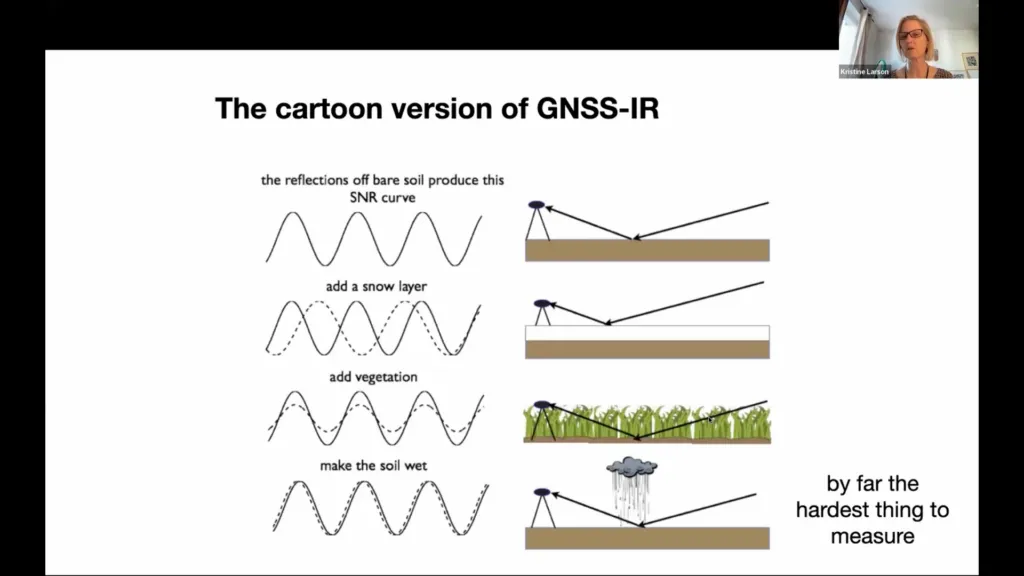In the heart of Guilin University of Technology, a breakthrough in soil moisture estimation is unfolding, promising to revolutionize how we monitor and manage our environment. Yintao Liu, a researcher at the College of Geomatics and Geoinformation, has introduced two innovative methods that could significantly enhance the accuracy of soil moisture measurements, with profound implications for agriculture, weather forecasting, and environmental monitoring.
Liu’s study, recently published in *Scientific Reports* (translated to English as “Scientific Reports”), focuses on GNSS-IR (Global Navigation Satellite System-Interferometric Reflectometry) technology. Traditional methods of soil moisture estimation often require separating direct and reflected signals, a process that can be both complex and time-consuming. Liu’s new approaches, the Three-frequency pseudorange combination (TFPC) and the Three-frequency carrier phase combination (TFCPC), leverage multipath errors in carrier phase and pseudorange to simplify and improve the process.
“Unlike conventional methods, our techniques eliminate the impact of geometrical factors and atmospheric delays,” Liu explains. “This allows for more accurate and reliable soil moisture estimates.”
The study employed data from the Plate Boundary Observatory (PBO) H2O project, applying robust estimation techniques like the minimum covariance determinant (MCD) and moving average filter (MAF) to detect and correct outliers in delay phases. By combining corrected delay phases from multiple satellites, the researchers achieved impressive results.
“The TFPC method achieved correlation coefficients of 0.82 and 0.87 with multivariate linear regression (MLR) and radial basis function neural network (RBFNN) models, respectively,” Liu notes. “But the TFCPC method outperformed even these results, with correlation coefficients of 0.85 and 0.91.”
These findings represent a significant leap forward in high-precision soil moisture estimation. For the energy sector, accurate soil moisture data is crucial for managing water resources, optimizing irrigation, and predicting weather patterns. Improved soil moisture estimation can lead to more efficient energy use in agriculture, better drought forecasting, and enhanced environmental monitoring.
As we face increasing challenges from climate change and water scarcity, innovations like Liu’s become ever more vital. “Our methods offer a more efficient and accurate way to monitor soil moisture, which can support better decision-making in various fields,” Liu says.
The implications of this research extend beyond immediate applications. By integrating robust estimation and machine learning, Liu’s work paves the way for future advancements in environmental monitoring technologies. As the world seeks sustainable solutions to global challenges, these innovations could play a pivotal role in shaping a more resilient future.
In the rapidly evolving field of agritech, Liu’s study stands as a testament to the power of innovation and the potential of technology to transform our understanding of the natural world. As researchers and practitioners continue to explore these methods, the possibilities for improving soil moisture estimation and its broader applications seem boundless.

